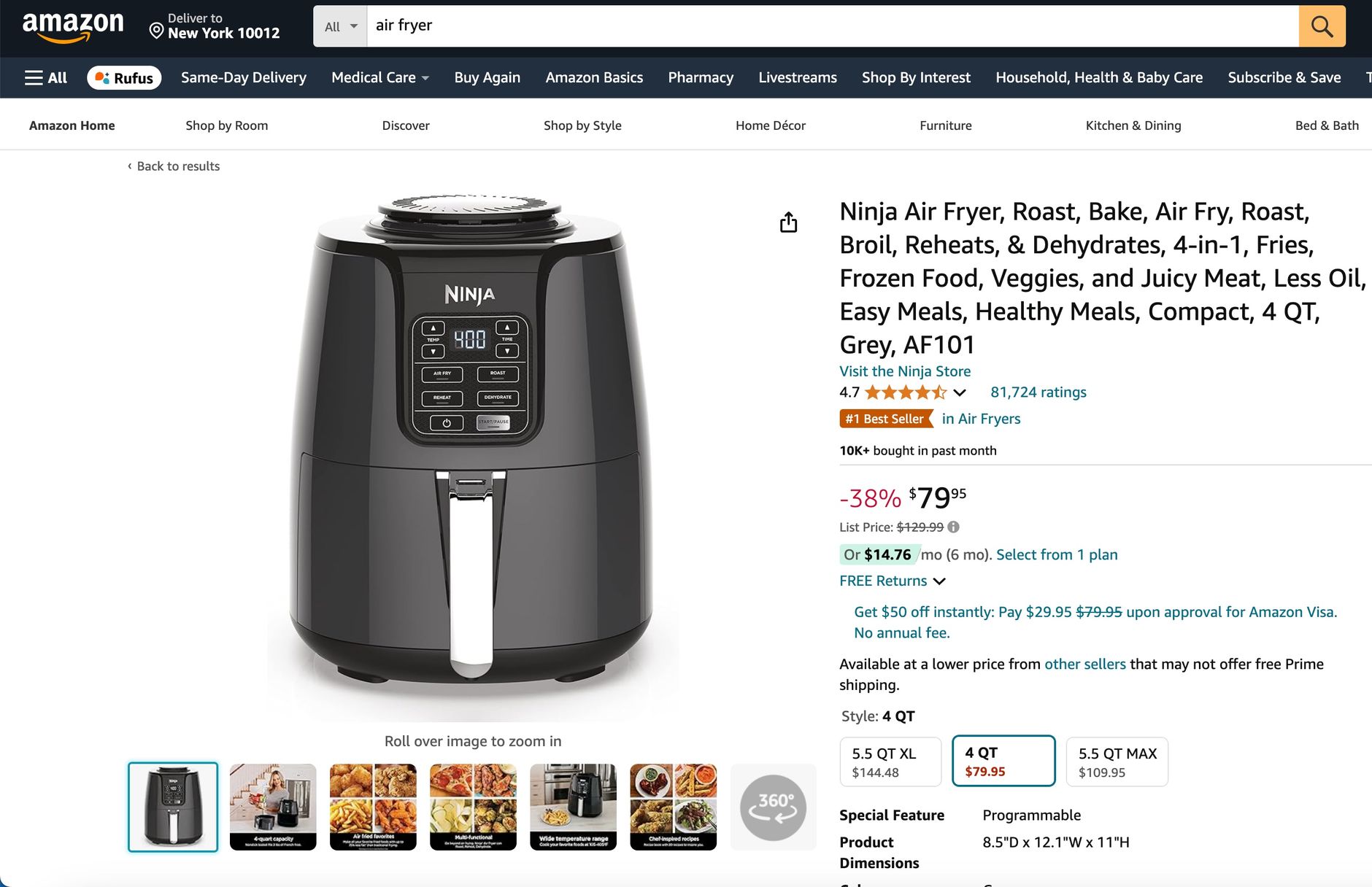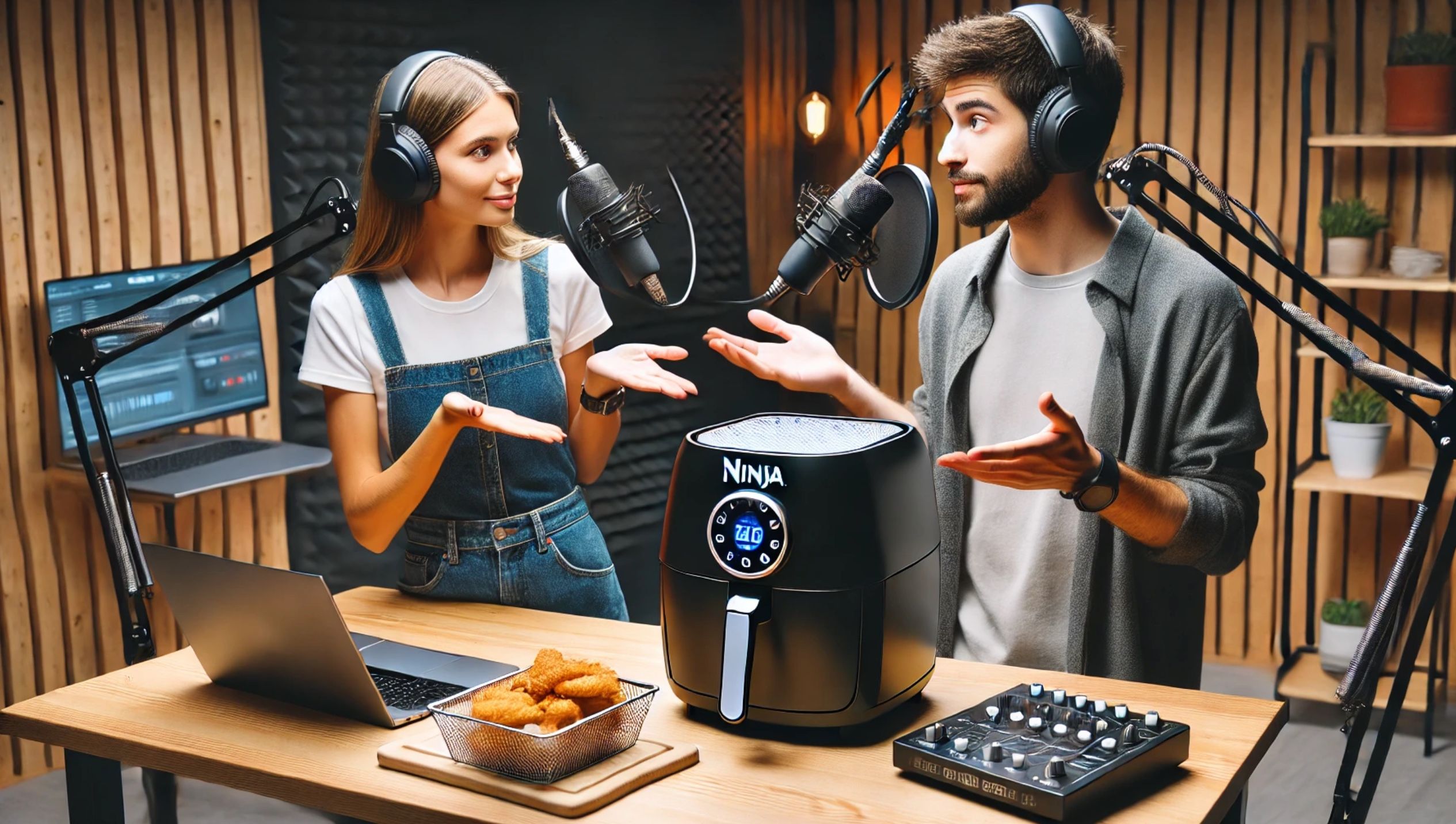Forget Amazon Advertising or Marketing Cloud. The newest trend is creating a podcast for your products. Thanks to AI and Google's NotebookLM tool, this is now easier than ever before.
What is NotebookLM?
Google has created a tool called NotebookLM which helps you understand various forms of data, such as PDFs, videos, or raw text.
Google describes it as follows:
NotebookLM gives you a personalized AI collaborator that helps you do your best thinking. After uploading your documents, NotebookLM becomes an instant expert in those sources so you can read, take notes, and collaborate with it to refine and organize your ideas.
NotebookLM has a special feature called Audio Overview. Audio Overview processes the materials you've uploaded into a notebook and transforms them into a conversational format, similar to two podcast hosts discussing a topic. Each “podcast” typically lasts around 5–10 minutes.
And the results are mind-blowing.

People have already suggested various uses. Thomas Wolf suggested to "paste the URL of your website/LinkedIn/bio in Google’s NotebookLM to get 8 minutes of realistically sounding deep congratulations for your life and achievements from a duo of podcast experts."
We are talking about Amazon here, so let's paste in a link to a product detail page and see what happens.
We used the following URL and created two very different results: Ninja AF101 Fryer

Example 1: Discussion of an Air Fryer Itself
Our first example created a podcast where the two hosts discuss the pros and cons of the air fryer itself.
You can listen to the result right here:
For those who are short on time, here is a summary (generated via a different AI). But do yourself a favor and listen in. The quality of the script and the audio itself is really mind-blowing.
The podcast discusses the popular Ninja AF-101 air fryer, evaluating whether it lives up to its hype by reviewing its features and user feedback. The hosts highlight its four-in-one functionality (air frying, roasting, baking, and dehydrating) and how it targets people looking for a healthier way to enjoy crispy foods with less fat.
They mention its versatility, including a temperature range of 105-400°F and a 4-quart capacity, making it ideal for smaller households or individuals. Many users appreciate its ease of use, intuitive controls, and dishwasher-safe parts, which contribute to convenience in everyday cooking. The positive reviews emphasize its performance with classic air-fried foods like chicken wings and fries.
However, there are some criticisms, primarily around its size (not large enough for bigger families) and the "extra crispy" setting, which some users found too intense, causing food to burn. Overall, the AF-101 is considered a great option for beginners or smaller households but might not suit larger families or more experienced cooks looking for advanced features.
The hosts conclude that while it may not replace a full oven, it has the potential to simplify cooking and even change one’s approach to food preparation, encouraging experimentation with healthier, faster meal options.
Example 2: Discussion of Amazon's Sales Tactics
Then I tried once more, and this time the hosts are not discussing the product but the layout of the product detail page and all the "sales tactics" Amazon uses in the eyes of the hosts.
Also really interesting.
Summary (AI generated):
The podcast explores Amazon product pages, specifically looking at how they are designed to influence consumer behavior and drive sales. The hosts break down various elements of the page, from the overwhelming number of options (paradox of choice) to subtle marketing tactics like "Frequently Bought Together" sections, which encourage additional purchases. They explain how Amazon tracks user behavior to make personalized recommendations and discuss psychological tricks like social proof and impulse buys driven by features such as the "Buy Now" button.
The hosts highlight the importance of being aware of these tactics in order to make more informed decisions, discussing the reviews section, which can be manipulated with fake feedback, and the strategic use of language and images to entice buyers. They also touch on features like the climate pledge-friendly badge and the technical details section, encouraging users to research independently rather than rely solely on Amazon's claims.
The podcast emphasizes that while Amazon pages are helpful, they are ultimately marketing tools designed to maximize sales. By recognizing these strategies, consumers can better navigate their shopping experience and avoid falling into the traps of impulse buying or being misled by reviews.
So there you have it! What do you think? Will product podcasts be the next big thing?
We'll see! 😂





